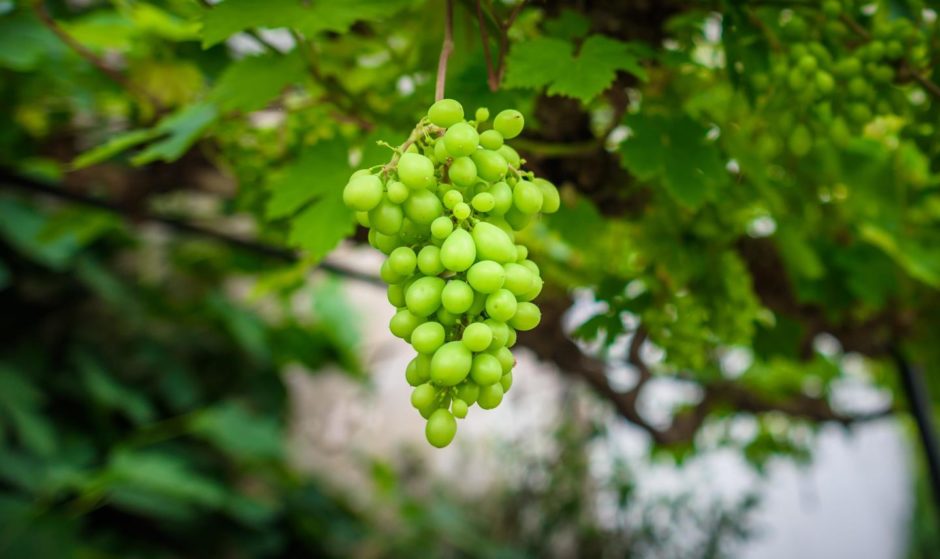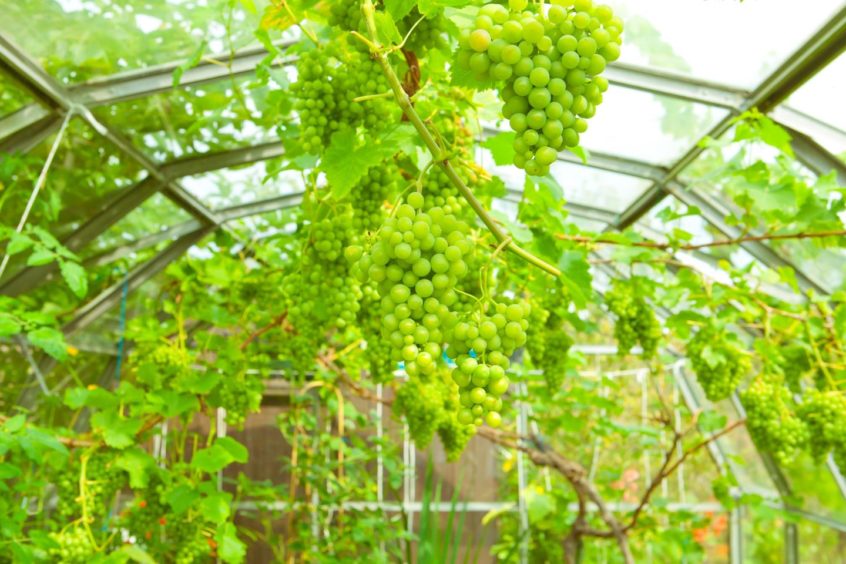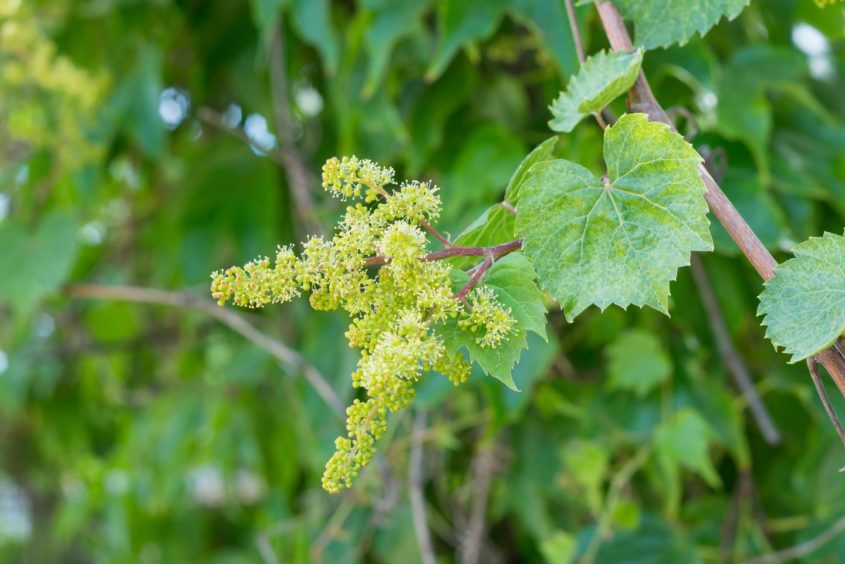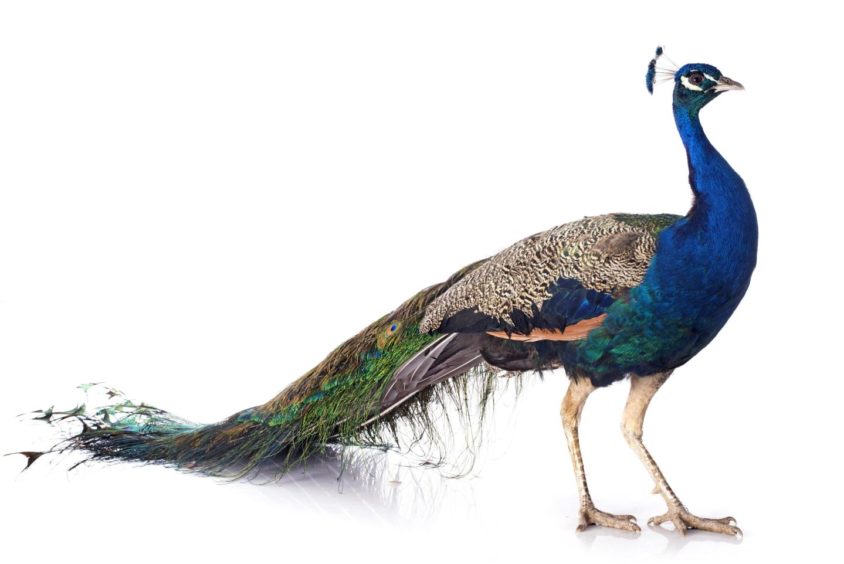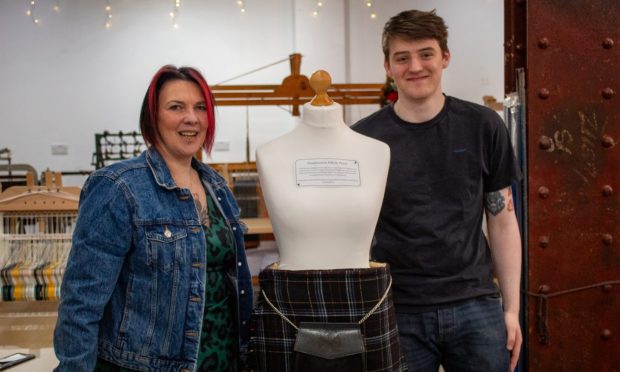I reckon it’s not just me and we all have jobs in the garden that we know desperately need done but just we don’t get around to doing them for whatever reason. One such job for me is the pruning of my grapevine with that corner of my glasshouse now resembling the set from the day of the triffids.
When I first learned we can grow grapes in Scotland I remember being surprised that we were able to grow such a seemingly exotic crop in our climate.
Although it is possible to grow grape vines outdoors, especially if up against a warm and sheltered south facing wall, for reliable crops in Scotland we want the benefit of a greenhouse or polytunnel is essential.
The best time to plant grape vines in soil well-enriched with organic matter is November or December. This allows us time to carry out initial pruning on planting, well before the plant comes into growth – any cuts to the plant at this stage would cause it to bleed.
Our natural instinct would be to be plant our new vines in the situation where want them to grow. However, very often you will see them planted just outside the growing house and fed inside through gaps in the walls or under the frame. This approach provides the plant access to a much deeper root system that will mostly by replenished by our ample Scottish rainfall.
To get as many bunches of dessert grapes we possibly can from our plant we wish to train them as cordons, also known as the rod and spur system. The vines that I look after have the main stem or the rod trained upwards, tied in to horizontal support wires spaced every 30cm or 12 inches apart, which the side shoots that grow will be tied in to.
Over the next few years as your plant develops the winter pruning that is carried out before the end of December will see this side growth cut back to one bud on the knobbly spur that has formed.
Flower clusters
In spring when the new growth kicks in a flower cluster will form after the first few leaves. Vines are very vigorous growers so to keep them in check we pinch out the growing tips two leaves after the flowers but this will not stop them from growing so it’s important to check the vines every couple of weeks during the growing season, always pinching out any new shoots to one leaf.
It takes up a lot of the plant’s energy to produce this excess growth and we would rather this energy went to forming a good bunch of grapes.
I try to avoid using chemicals on my edible crops so to keep them nice and healthy I need to be on the ball with my greenhouse management which I must confess I have not yet managed to get right, sometimes with disastrous results.
Many of you will share the challenges I have gardening with deer and rabbit but how many of you also have peacocks to consider too? There are times during early spring when I’ve had to keep glasshouse doors closed to keep these colourful characters out with the result that the temperature inside has risen much higher than it should.
Not keeping on top of my pruning regime either during busy times has seen my glasshouse vines become congested which, combined with humidity in the air, has resulted in conditions ideal for fungal diseases and now I have to deal with powdery mildew.
Hot but not too hot
Getting the temperature right, not allowing it to go much over 19C with plenty of ventilation to keep the air dry will help keep a check on this and some of the other pests that can hit this plant including: red spider mite, the little white and fluffy mealy bug plus sap-sucking aphids which leave your plant foliage yellow rather than a healthy green as the main contenders.
Another handy winter job is to peel off any flaking bark on the stem which is the ideal home for these guys to be hiding in.
Not sure if this next job is essential. There have been years where I have not thinned out my bunches and it’s not been the end of the world but removing one in every three grapes when they are about the size of a pea, using special long-bladed scissors, will help discourage fungal problems as mentioned above and encourages grapes to ripen evenly.
This is also a job I find quite therapeutic as I try to create that perfect bunch in a conical shape.
Reap the rewards
I think today it’s easy to take the supply of fruits like grapes for granted as we are able to pick up punnets simply by making a trip to a supermarket on any day of year. As challenging as it can be I just love it how it’s possible for us gardeners to be growing them in our own glasshouses at home.
The satisfaction of watching our own bunches of grapes growing throughout the season, using techniques and skills I can assure you we can all follow, is more than matched by the taste of those first juicy grapes harvested in late summer.

